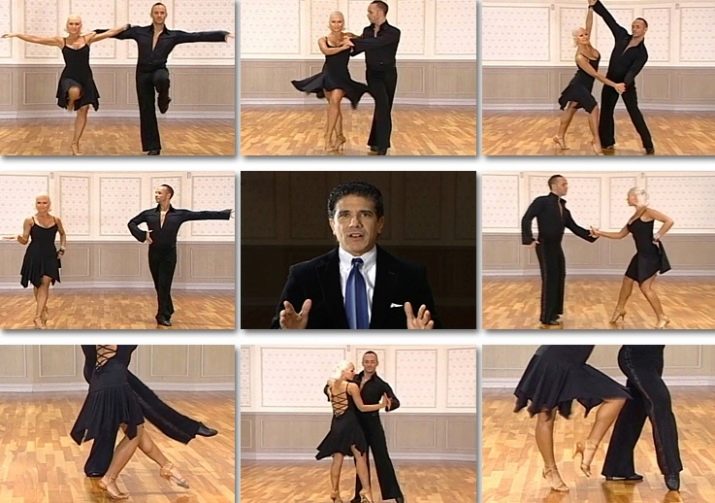Description of jive and basic dance steps
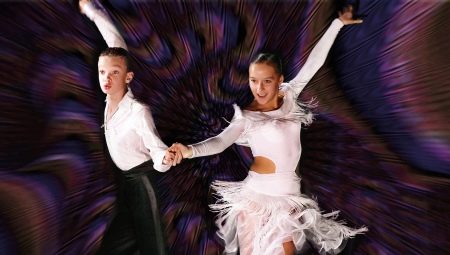
Since the beginning of the 40s of the last century, a dance called jive appeared in the United States, which is a kind of swing. In modern interpretation, it bears little resemblance to swing, but similar elements continue to be used in it.
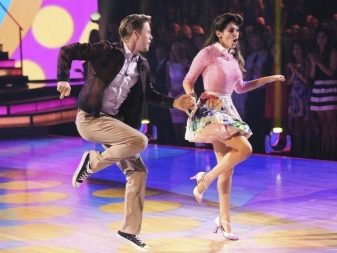
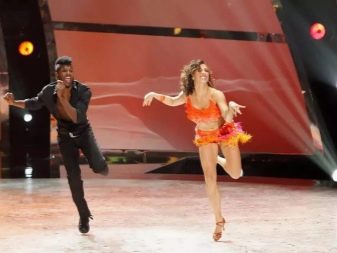
general description
Jive is one of 5 dances performed by ballroom dancers in Latin competitions. They always put him last, since the performance requires a lot of energy from the dancers. The main figure used in modern jive is the chasse, that is, a movement performed as a step-prefix-step. It is performed in the right and left sides, with a slow return of the leg back. At the expense of "and" is raising the hips and knees, do it between the main account. All steps must be taken from the toe.
When learning, you should remember the sequence of movements, first make rock steps, then chasse. Rock steps are the transfer of weight from the front to the back foot, while the chasse is performed in three small steps to the side.
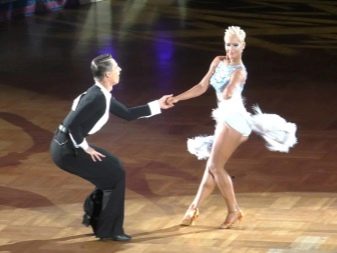
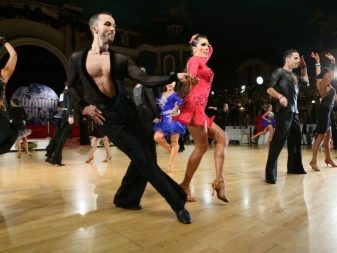
When performing movements, partners should emphasize an even count, this will lead to an increase in the speed of implementation of certain elements. When moving from foot to foot, the body weight should be in front. In a more complex version, an additional inclusion of the hip rotation occurs, with the inclusion of the work of the back, arms, and so on.
This dance is characterized by a closed and semi-closed position when the dancers' hands are joined. Their joined hands should be at the waist. The partners hold their hands tightly, since it is by the hands that the partner will lead the partner. The elbows at this time should be close to the body, and not set aside.Performing movements, dancers can move away from each other no further than the distance of their joined and bent arms. The free hand does not have a clear position; it can bend arbitrarily near the body, while the hand is bent into a soft fist.
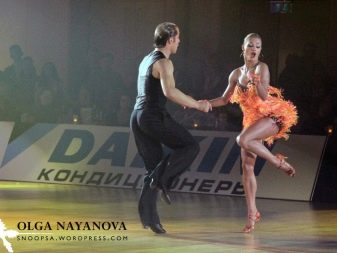
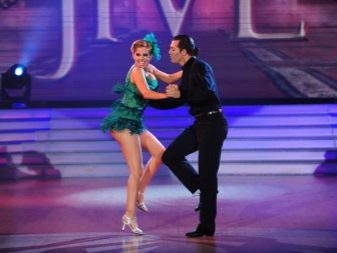
History of origin
It is impossible to say exactly where this dance originated. According to one version, jive was a purely Negro dance, according to other sources, it was danced by the Seminole Indians. It is also believed that jive originally originated in Africa. It is difficult to say exactly what his country of origin was.
The origin of dance in the 19th century was the southeastern United States. Later, competitions were started here. For participation in them they gave a pie, so the dance was called Cakewalk, or simply a pie walk. It was danced in two stages - at first there was a calm procession, and it concluded with a groovy ending.
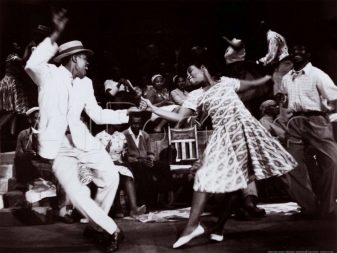
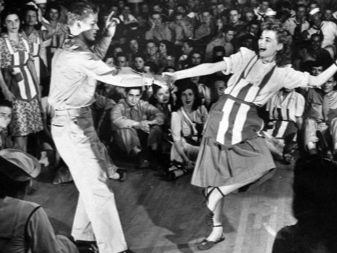
After World War II, this dance began to conquer European countries. For some time it was banned for execution due to risky jumps and climbs, so it was more often seen at closed evenings. Later it was included in the list of competitive dances, which led to the emergence of a large number of training schools. Having gone through many transformations on its way, modern jive remains one of the most spectacular dances.
Initially, and to this day, jive was considered a dance for young people, since it required an investment of physical strength and energy. In the modern version, the dance performance consists of performing basic steps. Its characteristic feature is the alternation of fast syncopated steps with a smooth chase and subsequent return.
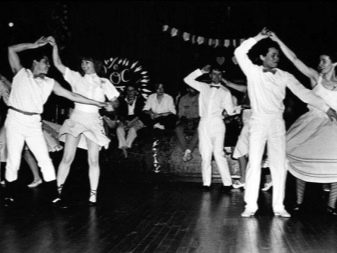
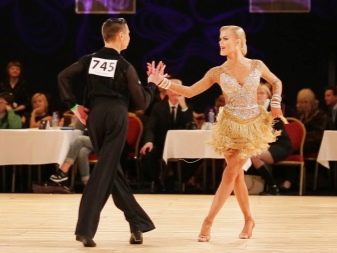
Styles
In the century before last, from the end of the 30s, this dance was not considered progressive. Many disapproved of him. At that time, dancing positions were considered obscene, so the ladies had to wear special corsets to protect them from accidental contact of partners with their bodies.
For a long time, it was mainly danced by young people. Subsequently, jive began to gradually change, elements of different styles appeared in it: Swing, Hustle, Be-Bop or Boogie-Woogie. There were also figures of disco, swing and rock.
Currently, they perform jive in international and swing styles. You can also see a mixture of these styles in one dance. In addition, there are elements from other styles here.
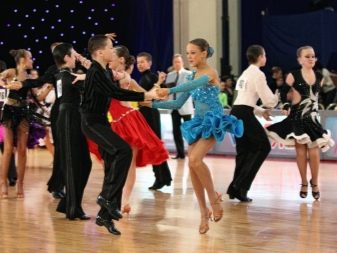
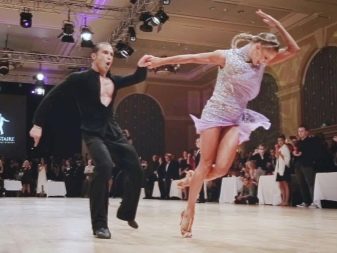
Music
Initially, Ragtime music was used as the musical accompaniment to the dance. Translated "rag" means "rag". Under the influence of syncopated, as if ragged sounds, the participants moved in their best clothes, “rags”. This kind of music with appropriate movements could be heard from everywhere. She was especially popular in New York and Chicago. Jive was more often performed by representatives of Negro neighborhoods. It was the complete opposite of the strict dances that were popular with the elite at the time.
Since the beginning of the twentieth century, the dance has become more relaxed, with a combination of elements in their arbitrary order, improvisation was allowed. At the same time, not only the steps have changed, but also the rhythm. Gradually transforming, Ragtime's music developed into swing, which led to the emergence of easy-to-perform movements that were based on the same motives.

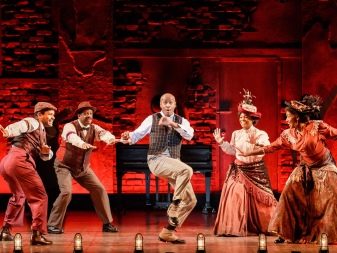
Their popularity soon surpassed all expectations. What names have not been invented for them. There have been many interpretations of the names in the form of "fidgety races" or "wobbling barrels", as well as "scabies" or "threshing". Other, sometimes very original, options on animalistic themes were also heard. So, for example, the name "rabbit races" remains to this day.
In a modern interpretation, the Bunny Hug remains one of the main elements and represents movement in the form of a frightening and jumping rabbit. The elements were performed in the rhythms of Ragtime with accent beats on the counts of 2 and 4. Now, as musical accompaniment, M / R - 4/4 is used at a tempo of 40-44 TM.
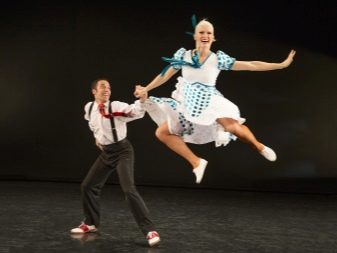
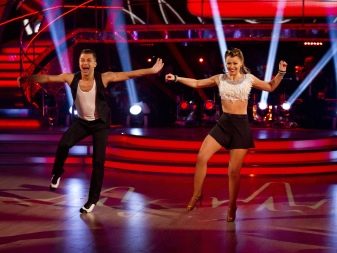
Pairing position and steps
Jive is the closing dance in a competition. It is danced after samba, rumba and cha-cha-cha. Its elements can be mastered not only by experienced dancers, but also by all those who wish to join this art form.
There are many complex options for performing jive. At the same time, a dance with a clear 6-bar sequence of leg movements remains the basic option. This option is more suitable for beginners.
Basic movements are designed for six measures, they are performed in the rhythm of 1,2,3-and-4, 5-and-6. The name for the first two bars is "rock steps". On the third and fourth measures, a chasse is made to the right.
To master the basic elements and turns, you should perform all the movements step by step.
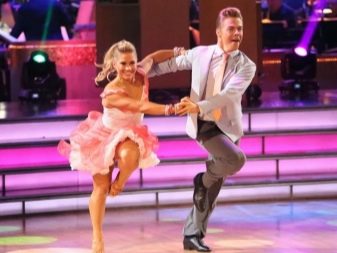
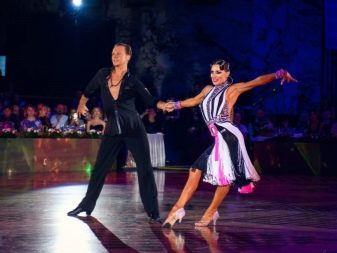
To master jive, you need to do the following.
- Stand up facing your partner. A man at this time should take his partner's hand, holding her at ease. The partner with the left leg begins to move, and the woman picks up.
- Next, a step is made with the left foot backward, making it from the first bar of the rock step. The right leg remains in place at this time. It is necessary to transfer weight to it, doing this on the 2nd measure of the rock step.
- On the count "3" take a step to the side.
- At the expense of "and" chasse, the right leg is moved to the left, reducing the space between them.
- On the count of "4" with the left foot they step to the side again. At this time, the right one should remain in place.
- On account "5" the weight is transferred to the right leg, the chasse begins to the right.
- At the expense of "and" take a step, moving to the right. Move with the left foot.
- On the score "6" you need to step with your right foot to the right.
Having mastered these steps, you can move on to memorizing more complex elements.
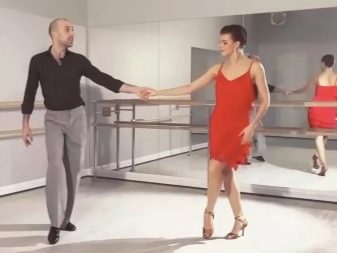
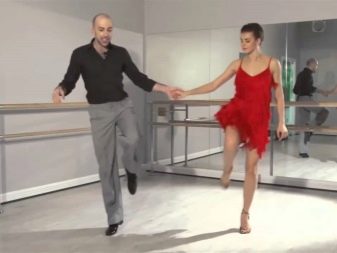
If you want to learn how to dance jive on your own, you should watch video tutorials, attend master classes, and also follow the advice of professional masters.
- While studying, it is better to start rehearsing steps under the count, without using musical accompaniment. Having memorized the movements, you can connect music and try to dance them faster, falling into the beat.
- It is advisable to scroll through the entire sequence of steps in your head, while moving your legs.
- Any music you like is suitable for classes.
The partner acts as a leader, and the partner echoes him in a mirror. When the man takes a step back, the woman takes a step forward. You can visually imagine an invisible thread connecting the partners' legs, in this case, the partner will perform the partner's elements, following his movements.
